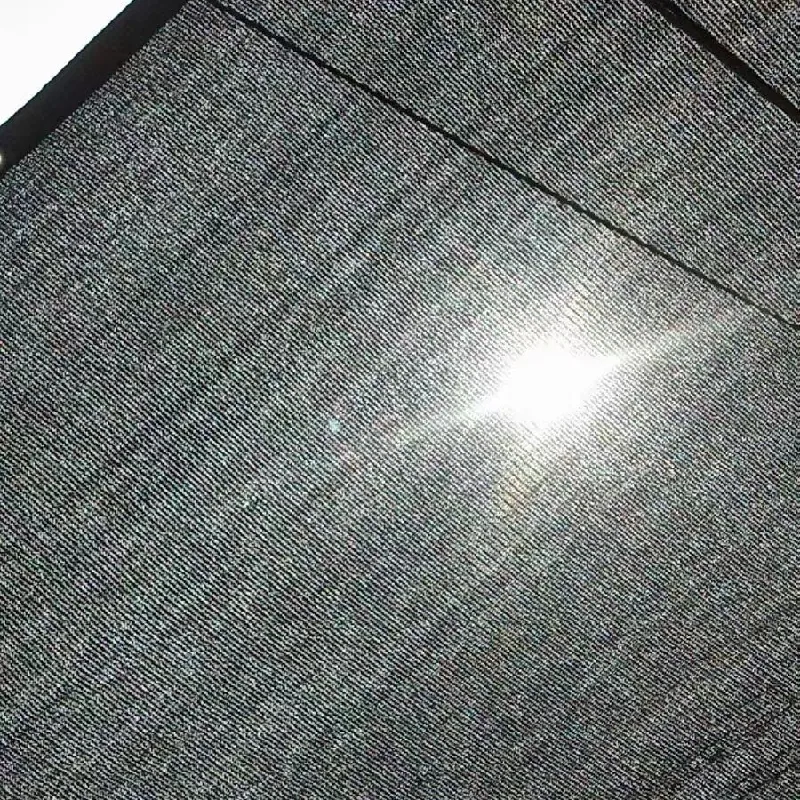-
 Afrikaans
Afrikaans -
 Albanian
Albanian -
 Amharic
Amharic -
 Arabic
Arabic -
 Armenian
Armenian -
 Azerbaijani
Azerbaijani -
 Basque
Basque -
 Belarusian
Belarusian -
 Bengali
Bengali -
 Bosnian
Bosnian -
 Bulgarian
Bulgarian -
 Catalan
Catalan -
 Cebuano
Cebuano -
 China
China -
 Corsican
Corsican -
 Croatian
Croatian -
 Czech
Czech -
 Danish
Danish -
 Dutch
Dutch -
 English
English -
 Esperanto
Esperanto -
 Estonian
Estonian -
 Finnish
Finnish -
 French
French -
 Frisian
Frisian -
 Galician
Galician -
 Georgian
Georgian -
 German
German -
 Greek
Greek -
 Gujarati
Gujarati -
 Haitian Creole
Haitian Creole -
 hausa
hausa -
 hawaiian
hawaiian -
 Hebrew
Hebrew -
 Hindi
Hindi -
 Miao
Miao -
 Hungarian
Hungarian -
 Icelandic
Icelandic -
 igbo
igbo -
 Indonesian
Indonesian -
 irish
irish -
 Italian
Italian -
 Japanese
Japanese -
 Javanese
Javanese -
 Kannada
Kannada -
 kazakh
kazakh -
 Khmer
Khmer -
 Rwandese
Rwandese -
 Korean
Korean -
 Kurdish
Kurdish -
 Kyrgyz
Kyrgyz -
 Lao
Lao -
 Latin
Latin -
 Latvian
Latvian -
 Lithuanian
Lithuanian -
 Luxembourgish
Luxembourgish -
 Macedonian
Macedonian -
 Malgashi
Malgashi -
 Malay
Malay -
 Malayalam
Malayalam -
 Maltese
Maltese -
 Maori
Maori -
 Marathi
Marathi -
 Mongolian
Mongolian -
 Myanmar
Myanmar -
 Nepali
Nepali -
 Norwegian
Norwegian -
 Norwegian
Norwegian -
 Occitan
Occitan -
 Pashto
Pashto -
 Persian
Persian -
 Polish
Polish -
 Portuguese
Portuguese -
 Punjabi
Punjabi -
 Romanian
Romanian -
 Russian
Russian -
 Samoan
Samoan -
 Scottish Gaelic
Scottish Gaelic -
 Serbian
Serbian -
 Sesotho
Sesotho -
 Shona
Shona -
 Sindhi
Sindhi -
 Sinhala
Sinhala -
 Slovak
Slovak -
 Slovenian
Slovenian -
 Somali
Somali -
 Spanish
Spanish -
 Sundanese
Sundanese -
 Swahili
Swahili -
 Swedish
Swedish -
 Tagalog
Tagalog -
 Tajik
Tajik -
 Tamil
Tamil -
 Tatar
Tatar -
 Telugu
Telugu -
 Thai
Thai -
 Turkish
Turkish -
 Turkmen
Turkmen -
 Ukrainian
Ukrainian -
 Urdu
Urdu -
 Uighur
Uighur -
 Uzbek
Uzbek -
 Vietnamese
Vietnamese -
 Welsh
Welsh -
 Bantu
Bantu -
 Yiddish
Yiddish -
 Yoruba
Yoruba -
 Zulu
Zulu
gfrp mesh
The Advantages of GFRP Mesh in Modern Construction
Glass Fiber Reinforced Polymer (GFRP) mesh has emerged as a significant innovation in the construction industry, revolutionizing how we approach various structural applications. Due to its unique properties, GFRP mesh offers a robust alternative to traditional materials such as steel and concrete. This article explores the benefits and applications of GFRP mesh, highlighting why it is increasingly favored in modern construction projects.
Strength and Durability
One of the most compelling advantages of GFRP mesh is its remarkable strength-to-weight ratio. Made from a composite material that combines glass fibers with a polymer matrix, GFRP mesh can withstand immense loads while remaining lightweight. This characteristic makes it easier to transport and install, ultimately reducing labor costs and construction time. Additionally, GFRP is resistant to corrosion, chemical attacks, and the effects of UV radiation, ensuring that structures maintain their integrity and aesthetics over extended periods, even in harsh environments.
The Advantages of GFRP Mesh in Modern Construction
GFRP mesh provides architects and engineers with unmatched design flexibility. It can be molded into various shapes and sizes, allowing for innovative architectural designs that can be challenging to achieve with traditional materials. The lightweight nature of GFRP also permits more open and expansive designs, catering to modern architectural trends that emphasize spaciousness and light. As sustainability becomes a priority in construction, GFRP mesh can contribute to the overall energy efficiency of structures, making it a favorable option for environmentally conscious projects.
gfrp mesh

Ease of Installation
Another standout feature of GFRP mesh is its ease of installation. Unlike steel reinforcement, which requires extensive handling and specialized skills, GFRP mesh is lighter and easier to work with. This simplification of the installation process not only reduces labor costs but also minimizes installation time, accelerating the overall project timeline. Moreover, the mesh can be cut with standard tools, allowing for quick adjustments on-site, further enhancing its practicality.
Applications Across Various Sectors
GFRP mesh is versatile and finds applications in various sectors, including civil engineering, infrastructure, and even residential building projects. It is commonly used in bridge construction, retaining walls, and pavement layers, providing essential reinforcement without the drawbacks associated with traditional materials. Additionally, its non-magnetic and non-conductive properties make it ideal for use in sensitive environments, such as laboratories or facilities housing electronic equipment.
Conclusion
In conclusion, GFRP mesh represents a significant advancement in construction technology. Its strength, durability, and design flexibility make it an attractive choice for contemporary building projects. As the industry continues to evolve, the integration of innovative materials like GFRP mesh will undoubtedly lead to more sustainable, efficient, and aesthetically pleasing structures. With the ongoing emphasis on improving construction practices, the adoption of GFRP mesh may well define the future of architectural innovation. As we continue to seek solutions that enhance performance while reducing environmental impact, GFRP mesh is poised to play a vital role in shaping the landscape of modern construction.
-
Shipping Plastic Bags for Every NeedNewsJul.24,2025
-
Safety Netting: Your Shield in ConstructionNewsJul.24,2025
-
Plastic Mesh Netting for Everyday UseNewsJul.24,2025
-
Nylon Netting for Every UseNewsJul.24,2025
-
Mesh Breeder Box for Fish TanksNewsJul.24,2025
-
Expanded Steel Mesh Offers Durable VersatilityNewsJul.24,2025











